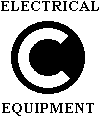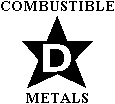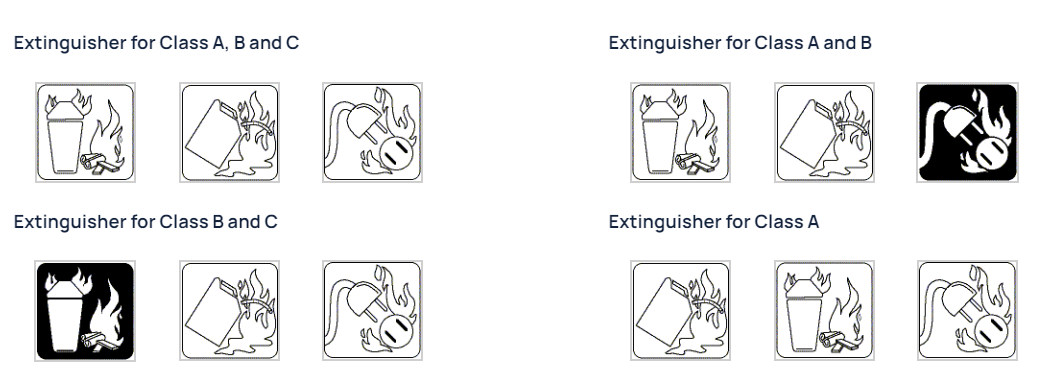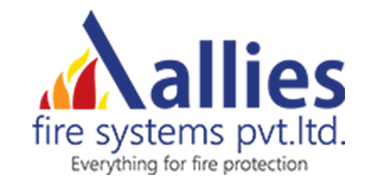Portable Fire Extinguisher
Almost all fires are minor when they first start and may be swiftly extinguished if the right firefighting tools are on hand and the person who discovers the fire is educated in using the tools. The majority of establishments use portable fire extinguishers to put out early-stage fires. The National Building Code regulates the criteria for portable fire extinguishers in general industries (NBC).
- Approved by a recognized testing laboratory; extinguishers manufactured in the India are generally approved by FM Global and listed by Underwriters’ Laboratories, Inc.
- Of the proper type for the class of fire expected.
- Located where they are readily accessible for immediate use and in sufficient quantity and size to deal with the expected fire.
- Inspected and maintained on a regular basis so that they are kept in good operating condition.
- Operated by trained personnel who can use them effectively.

Classification and Use
Underwriters’ Laboratories classifies fire extinguishers by the type of fire that they will extinguish.

Extinguishers classified as Class A are used on common combustibles like wood, paper, some plastics, and textiles. The heat-absorbing properties of water or the coating properties of specific dry chemicals are required for this fire class. A triangle with the letter “A” should be used to identify extinguishers appropriate for Class A fires. The triangle should be green if it were colored.

For fires involving flammable liquids and gases like oil, gasoline, etc., class B fire extinguishers are utilized. These fire extinguishers stop the release of flammable gasses, which starves the flames of oxygen and breaks the chain of fire. A square with the letter “B” in it should be used to identify extinguishers that are appropriate for Class B fires. The square should be red if it is colored.

When a fire involves live electrical equipment and requires the use of extinguishing agents that are electrically nonconductive, Class C fire extinguishers are utilized. The use of extinguishers for Class A or B fires is permitted once the electrical equipment has been de-energized. A circle with the letter “C” in it should be used to identify extinguishers that are appropriate for Class C fires. The circle should be blue if it were colored.

Combustible metals like magnesium, titanium, sodium, etc. require the usage of Class D fire extinguishers since they need an extinguishing agent that won’t react with the burning metal. A five-point painted star with the letter “D” should be used to identify extinguishers that are appropriate for Class D fires. The star should be yellow if it is colored.

In industrial kitchens, Class K fire extinguishers are used to put out fires caused by cooking media (fats, grease, and oils). The National Fire Protection Association (NFPA) Standard for Portable Fire Extinguishers (NFPA 10) includes a Class K extinguisher because vegetable oils heat up more quickly in industrial cooking facilities. These fire extinguishers operate on the principle of saponification, which occurs when burning frying oil or fat is exposed to alkaline solutions like potassium acetate, potassium citrate, or potassium carbonate. The fatty acid and alkaline mixture combine to form a soapy foam on the surface, which traps the steam and fumes and puts out the fire. The letter K serves as a designation for these extinguishers.
Labeling
Users can readily recognize the types of fire that a portable fire extinguisher will put out thanks to its labeling. On a single identifying label, the labeling system incorporates pictographs for extinguisher kinds that are both recommended and undesirable. Here are some instances of common labels.

The UL rating, which is divided into Class A and Class B:C ratings, can also be seen on the label of a fire extinguisher. You can compare the relative extinguishing performance of different fire extinguishers using these numerical ratings. An extinguisher with the rating 4A:20B:C, for instance, means the following:
- The A rating is a water equivalency rating. Each A is equivalent to 1.25 gallons of water. 4A = 5 gallons of water.
- The B:C rating is equivalent to the amount of square footage the extinguisher can cover, related to the degree of training and experience of the operator. 20 B:C = 20 square feet of coverage.
- C indicates it is suitable for use on electrically energized equipment.
Keep in mind that Class C and Class D fires do not have a numerical rating when examining these ratings. A Class A or Class B fire containing charged electrical equipment that requires the fire extinguishing media to be non-conductive is effectively a Class C fire. Based on the volume of the Class A or Class B component, the fire extinguisher for a Class C fire should be selected. The relative efficacy for extinguisher use on a Class D fire is specified on the extinguisher nameplate for the specific combustible metal fire for which it is advised.
Request a free consultation
Being in this field for more than 27years, we have been exposed to supply erection and maintenance of Fire hydrant, Fire alarm,Gas suppression & Public addressing systems and have groomed extremely skilled work force also. We have enlisted in Government and Public sector organizations which includes CPWD, BSNL, PWD and Military Engineering Service (Kochi), Cochin Shipyard etc are few among them and we are enlisted for the work up to 10crore in CPWD.

